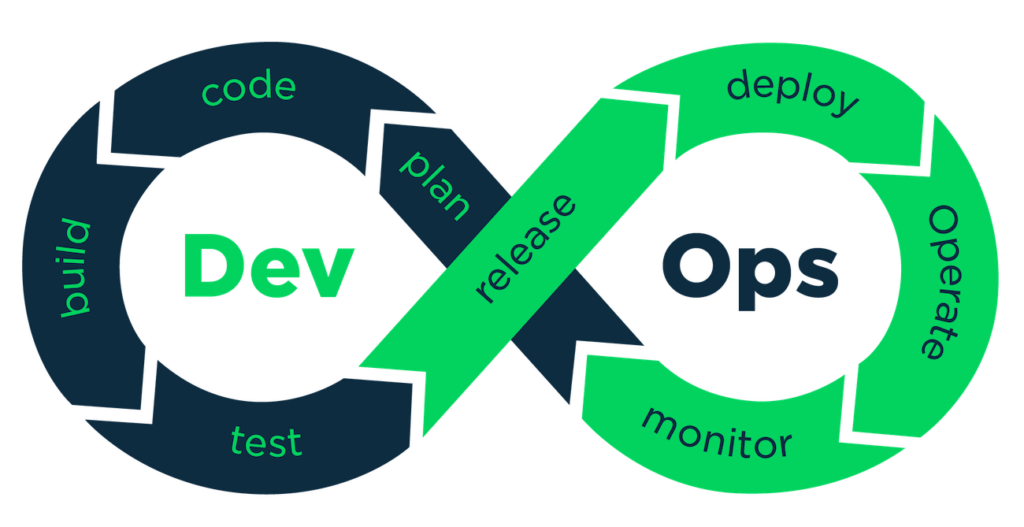The Role of DevOps in Modern Web Development Workflows
Web development is continuously evolving, and the importance of seamless integration between development and operations is more pronounced than ever. Enter DevOps! This marvelous blend of “Development” and “Operations” has revolutionized how we build, deploy, and maintain web applications. So let’s dive into the enthralling role of DevOps in modern web development workflows and explore how it’s making our lives easier and our applications more robust and reliable.

What is DevOps?
DevOps is a set of practices that bridges the gap between software development and IT operations. It emphasizes collaboration, communication, and automation to improve the speed and quality of software delivery. The primary goal of DevOps is to shorten the system development life cycle while delivering features, fixes, and updates frequently in close alignment with business objectives.
Why DevOps Matters
Speed and efficiency are the hallmarks of today’s competitive tech environment. With DevOps, teams can innovate faster, create better user experiences, and adapt to changing market demands with agility. Here’s why DevOps is indispensable in modern web development:
- Accelerated Time-to-Market: By streamlining processes and fostering a collaborative culture, DevOps allows for more frequent release cycles and quicker deployment of new features.
- Enhanced Quality and Reliability: Automated testing and continuous integration ensure that code changes are thoroughly vetted, leading to more reliable and bug-free applications.
- Improved Collaboration: DevOps eliminates the silos between developers and operations, promoting a culture of shared responsibility and mutual goals.
- Scalability and Flexibility: With infrastructure as code (IaC) and containerization, applications can be easily scaled and managed, accommodating varying loads and demands seamlessly.
Key Components of DevOps
DevOps is comprised of several core practices and tools that work together to enhance the web development process:
Continuous Integration/Continuous Deployment (CI/CD)
CI/CD is the backbone of DevOps. Continuous Integration involves frequently merging code changes into a shared repository, followed by automated builds and tests. Continuous Deployment then automates the deployment of these changes to production environments. This not only speeds up the development cycle but also ensures high-quality code through rigorous testing.
Infrastructure as Code (IaC)
IaC allows developers to manage and provision infrastructure through code rather than manual processes. Tools like Terraform and AWS CloudFormation enable consistent and reproducible configurations, making it easier to scale and manage environments.
# Example of a simple Terraform configuration
provider "aws" {
region = "us-west-2"
}
resource "aws_instance" "example" {
ami = "ami-0c55b159cbfafe1f0"
instance_type = "t2.micro"
tags = {
Name = "example-instance"
}
}
Monitoring and Logging
Proactive monitoring and logging are critical for maintaining the health and performance of applications. Tools like Prometheus, Grafana, and ELK stack provide real-time insights and alerting to identify and resolve issues promptly.
Automation
Automation is at the heart of DevOps. By automating repetitive tasks such as testing, deployment, and configuration management, teams can focus on more strategic work and reduce the risk of human error.
DevOps Tools and Technologies
The DevOps ecosystem is rich with tools that cater to various aspects of development and operations. Some of the most popular ones include:
- Version Control: Git, GitHub, GitLab
- CI/CD: Jenkins, CircleCI, TravisCI
- Containerization: Docker, Kubernetes
- Configuration Management: Chef, Puppet, Ansible
- Monitoring and Logging: Prometheus, Grafana, ELK stack
Case Studies: DevOps in Action
Let’s look at a couple of real-world examples where DevOps has made a significant impact:
Amazon
Amazon’s move to a microservices architecture and its adoption of DevOps practices have allowed the company to deploy code every 11.7 seconds on average. This agility helps Amazon maintain its competitive edge in the e-commerce market.
Netflix
Netflix is a pioneer in using DevOps to manage its highly dynamic and scalable video streaming service. By leveraging a culture of automated testing, continuous deployment, and proactive monitoring, Netflix ensures a smooth and seamless viewer experience.
Conclusion
DevOps is more than just a buzzword; it’s a vital component of modern web development workflows. By fostering collaboration, improving efficiency, and embracing automation, DevOps enables teams to deliver high-quality applications with agility and confidence. As technology continues to evolve, the role of DevOps will only become more critical in helping organizations stay ahead of the curve.
Ready to dive deeper into the world of DevOps? Check out this comprehensive guide to DevOps on AWS and start transforming your development workflows today!
So keep pushing the boundaries of innovation, and remember: with DevOps by your side, the sky’s the limit!


